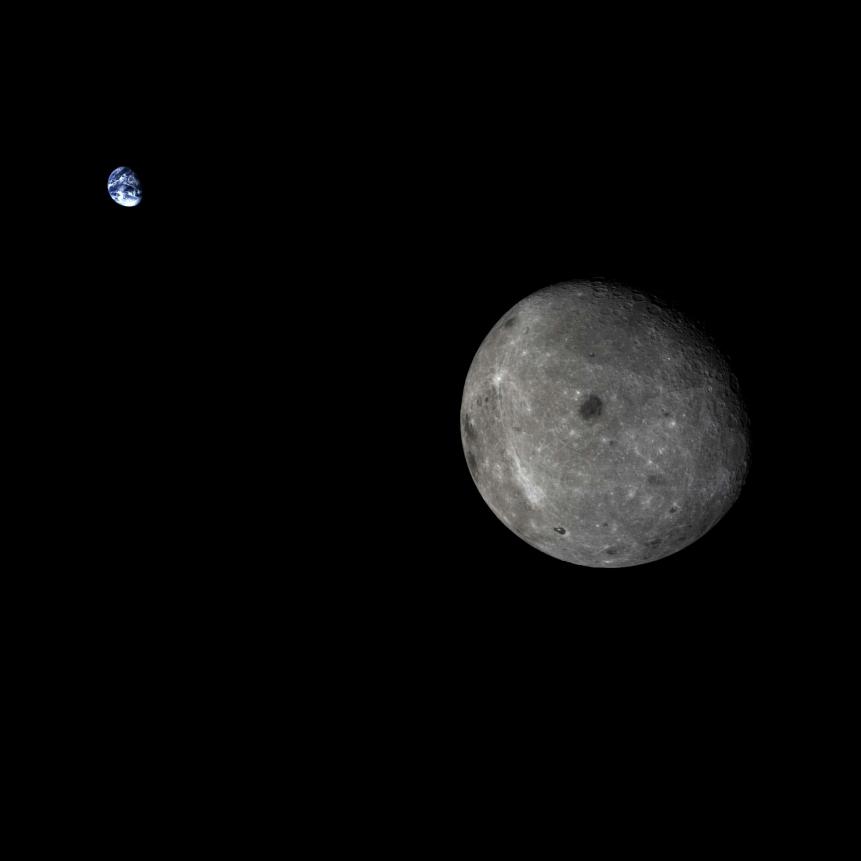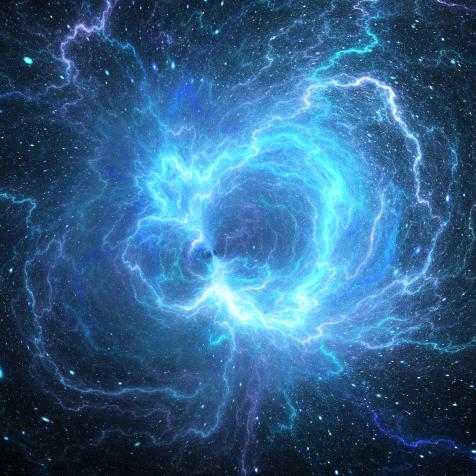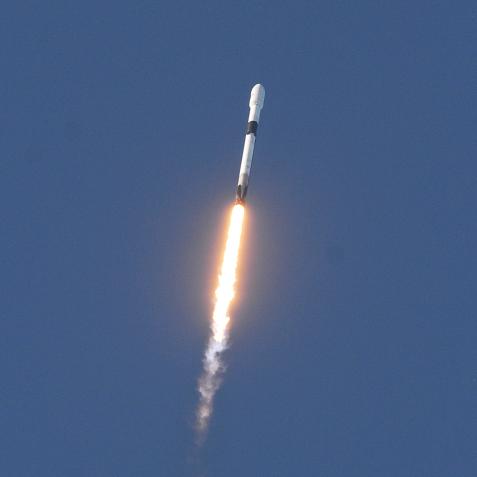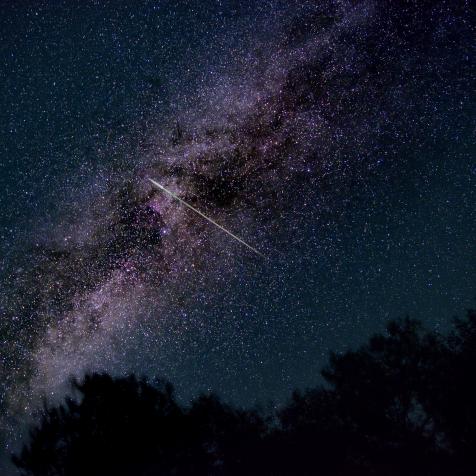
Smartshots International
An Out-of-Control Rocket is about the Hit the Moon

Watch out, moon! On March 4 at precisely 7:25 am ET, a piece of rocket junk will slam into the moon.
The event won’t be visible from the Earth, and the moon won’t really feel anything (it’s been hit by much bigger things in its past, as you can see from its surface full of impact craters). That said, the impact is both an interesting, fun little story…and a warning about what the future of space junk may hold.
When the story initially broke earlier in February, astronomers initially thought that the errant space junk was the spent booster of a SpaceX Falcon 9 rocket that had sent NOAA’s DSCOVR mission into space. That mission consists of a satellite that monitors the sun to warn us in the event of large solar storms.
However, further investigations revealed that the wandering rocket booster had the wrong orbit for the mission profile of DSCOVR. Currently, the best candidate is that it’s a piece of a Chinese Long March 3C rocket, which was used to send the Chang'e 5-T1 mission to the moon in October 2014.
That’s still only an educated guess. Even though the rocket is several meters long, it’s already so far from the Earth that it only appears as a tiny dot of light in even the biggest telescopes. Astronomers have to watch that dot move over time and use that information to reconstruct its orbit. From there, they can attempt to match it to known missions and launches.
The evidence is still circumstantial. We’ll never know exactly what the space junk is, but the Long March seems like a good fit, since astronomers know the orbit of an amateur radio CubeSat that hitched a ride with the booster, and that’s a match for what they’re observing here.
So on March 5 whatever it is will hit the moon, and that will be that.

Chinese National Space Administration, Xinhuanet
Image of the Earth and Moon system taken by the Chang'e 5-T1 mission.
But this rocket piece, whether it’s a Long March or something else, is just one piece in a much larger puzzle of the proliferation of space junk. Astronomers worldwide currently track over 36,000 pieces of space junk, which consists of spent rocket boosters, defunct satellites, pieces of debris, and even tools that astronauts accidentally lost.
Each piece of junk is traveling at several tens of thousands of miles per hour. While that’s not a big deal for the moon, it’s a huge problem for other satellites and missions. We continue to launch more and more missions into space – especially the tens of thousands of satellites that private companies want to use to provide global high-speed internet. Every single object launched increases the chances of accidental collisions, which can trigger a cascade effect that produces a never-ending series of space junk.
If we want to thrive beyond the surface of the Earth, first we have to clean up our act.
Dive Deeper into the Universe
Journey Through the Cosmos in an All-New Season of How the Universe Works
The new season premieres on Science Channel and streams on discovery+.















































































